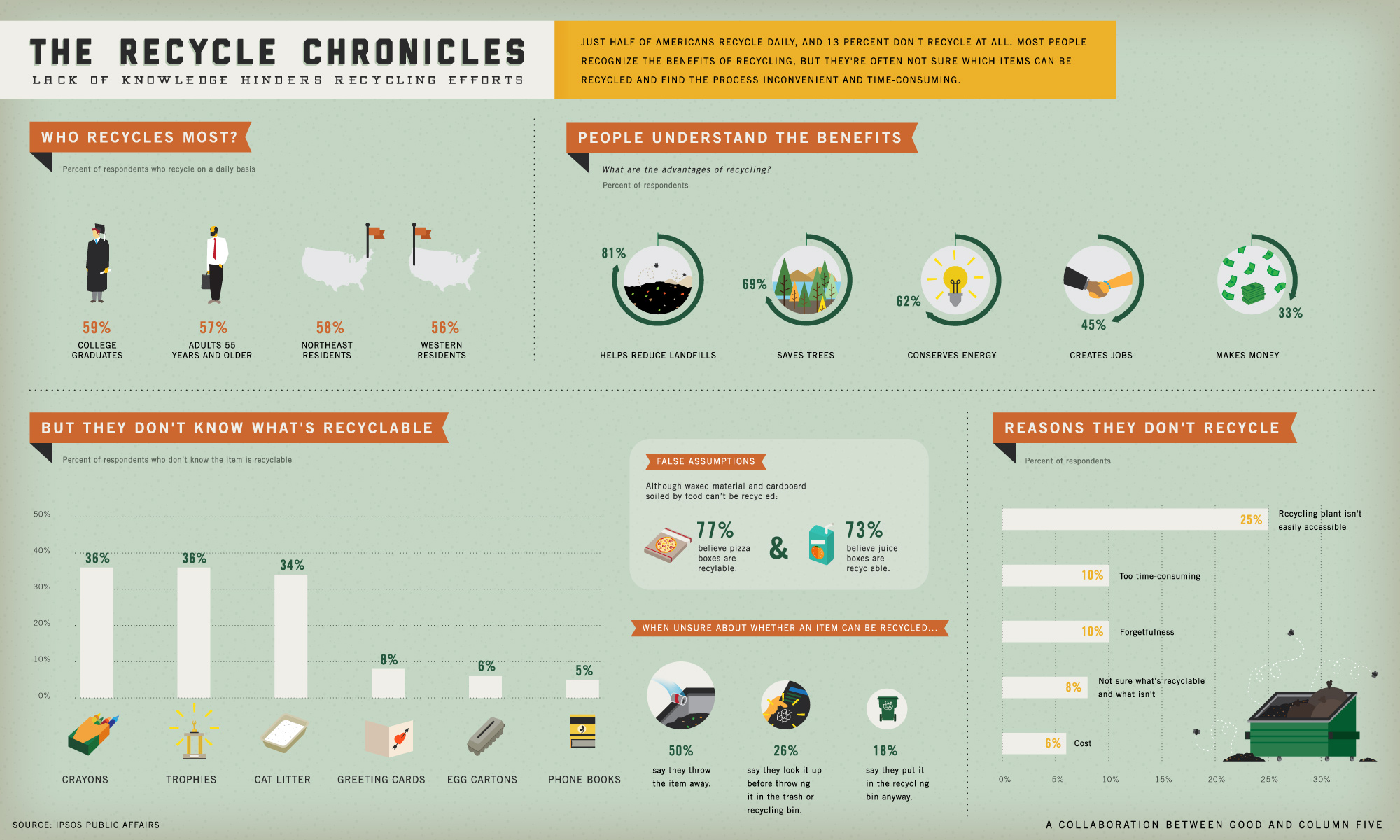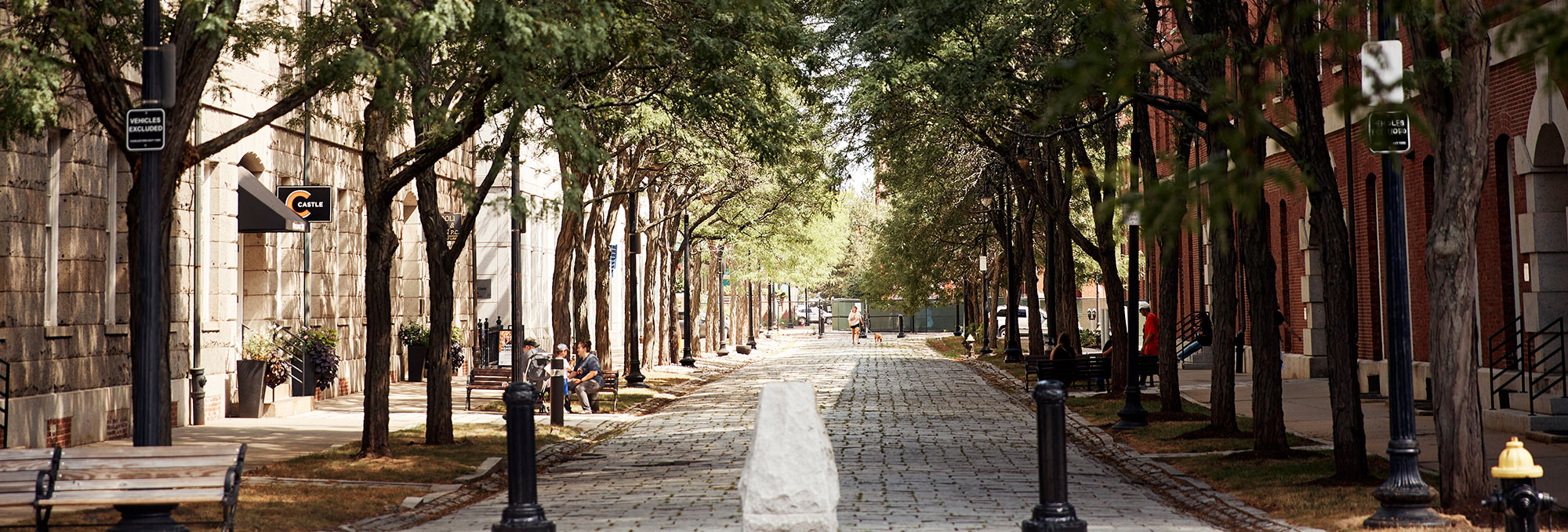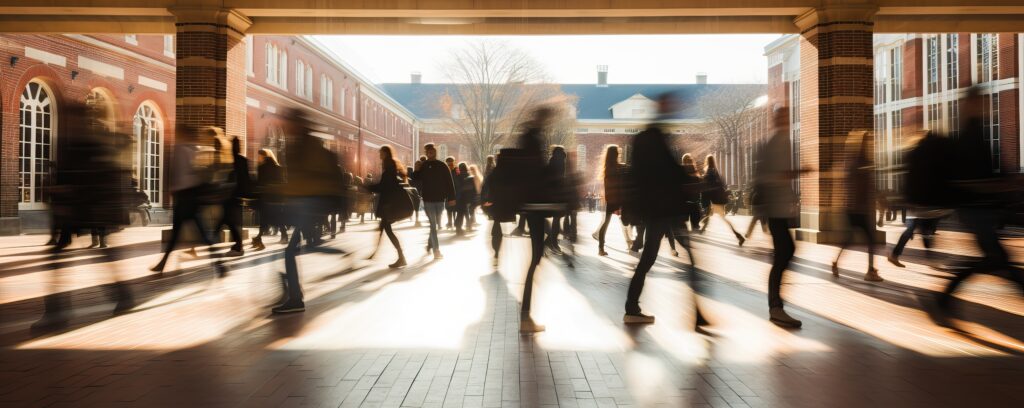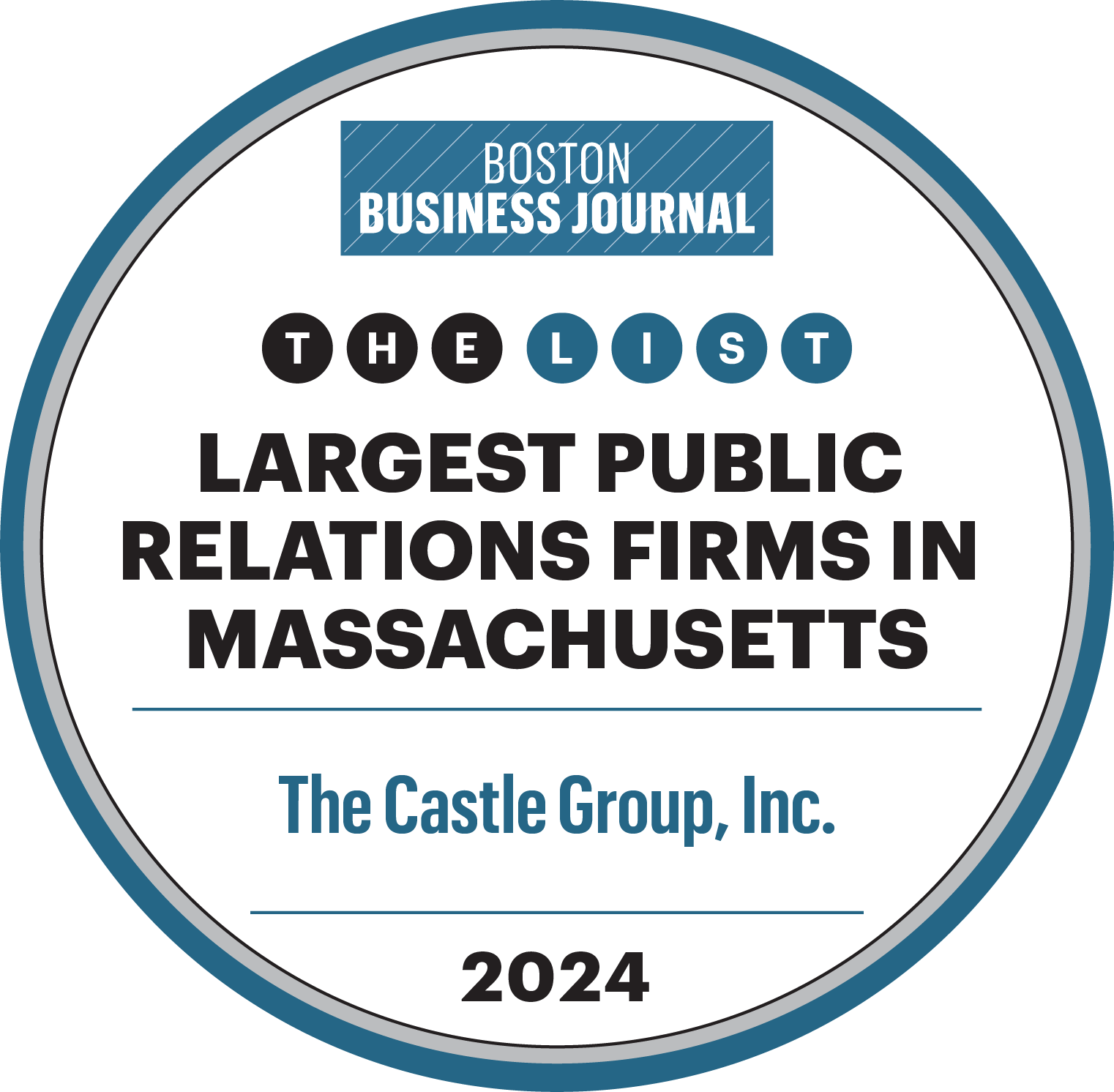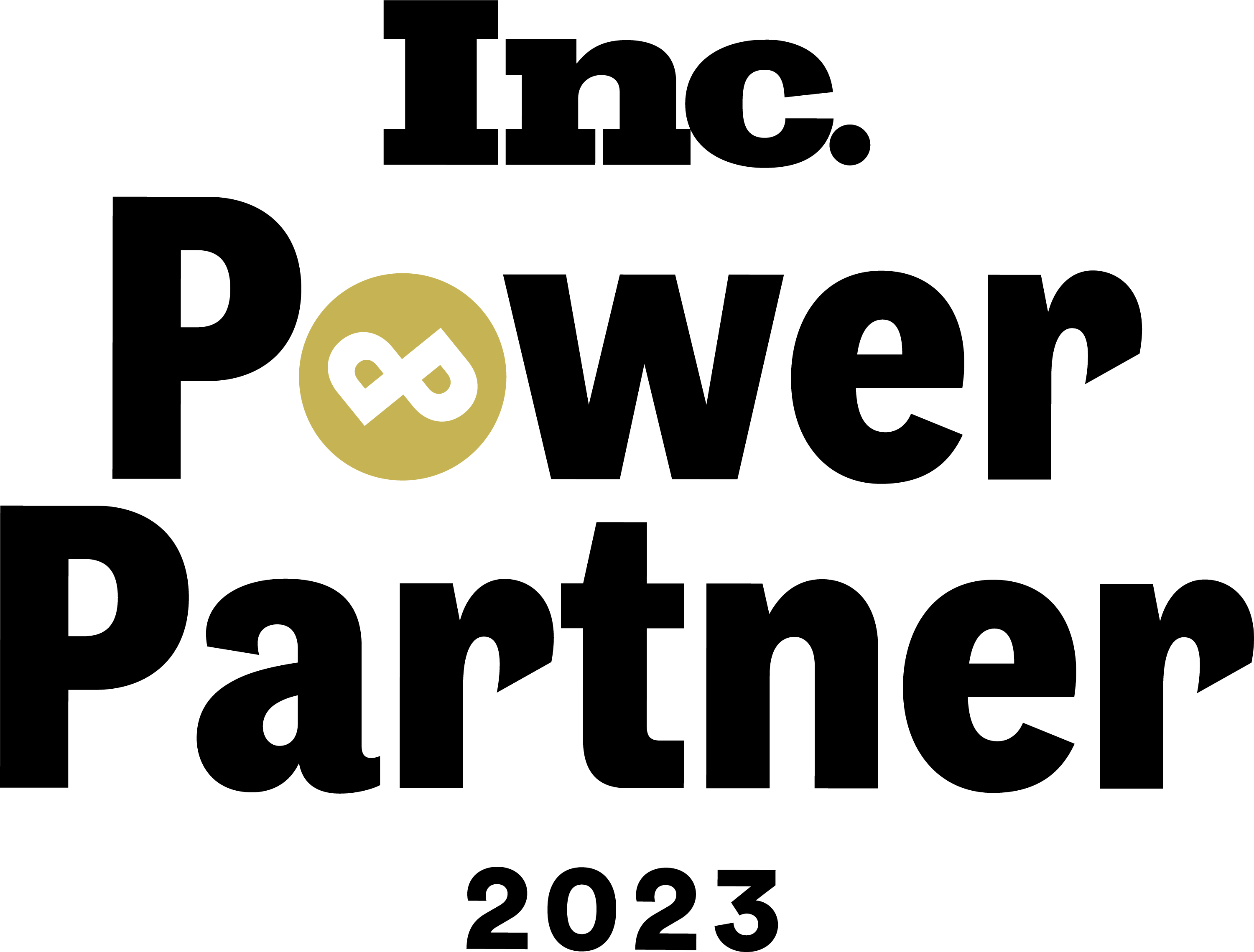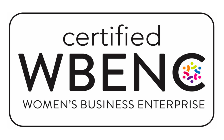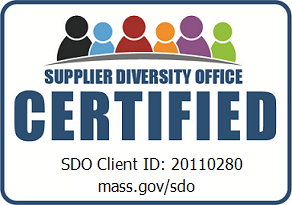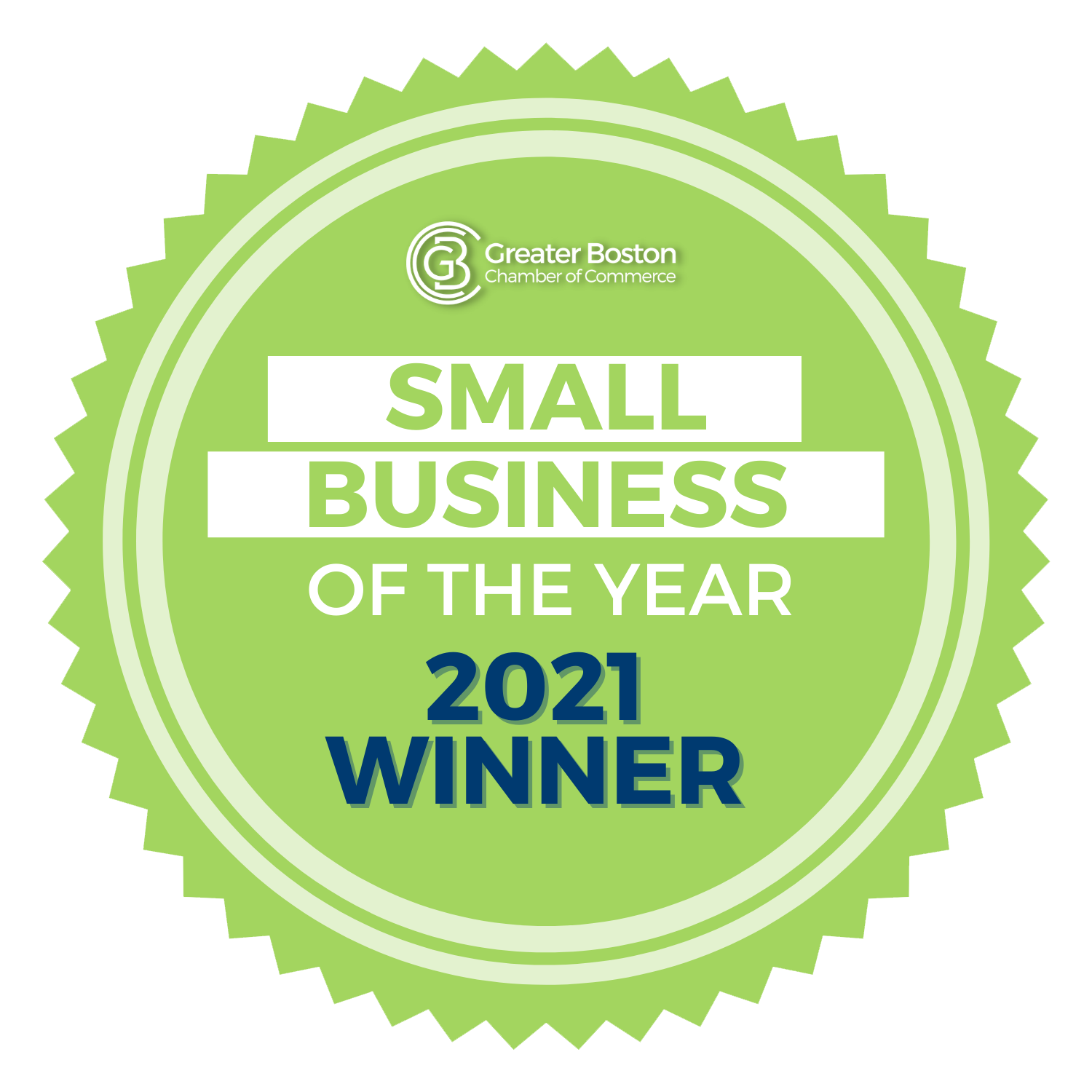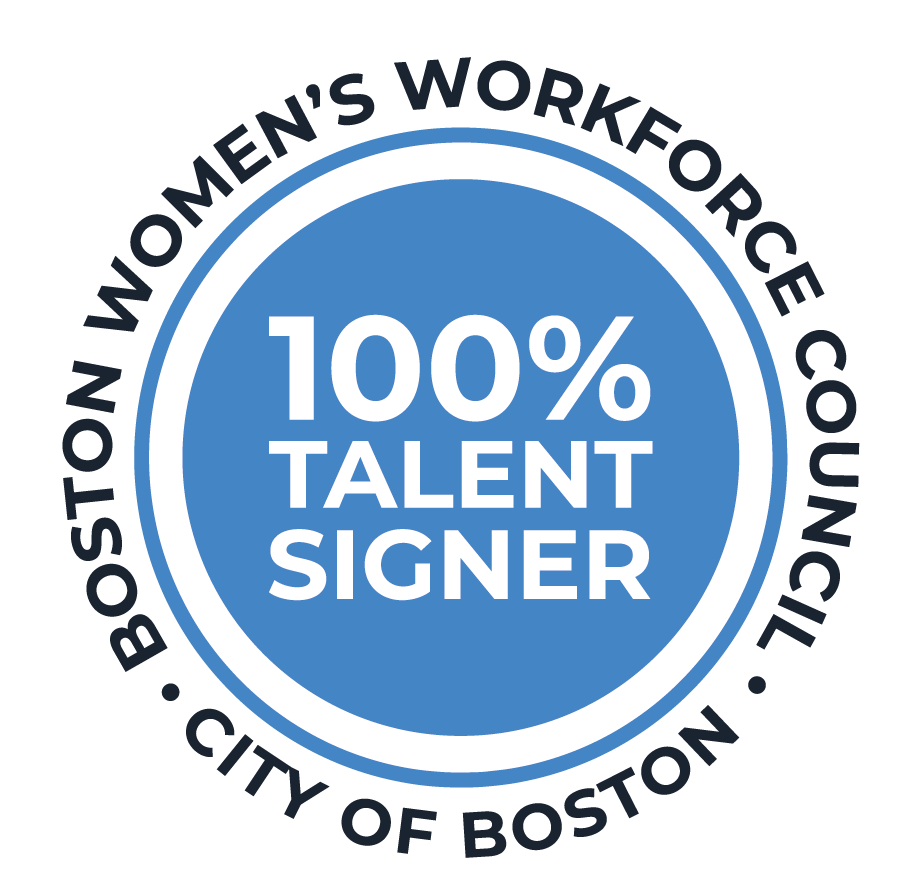One of my side projects as an intern this past week has been to mock-up a few infographics for a potential case study idea. While browsing through the sea of infographics on the web, I came across this post on GOOD, laying out why American’s don’t recycle. It was such a successful infographic it inspired me to write this post on recycling, despite the fact that earth day is months away!
Living in an eight-man college apartment means space is tight. It also means cleaning the apartment cannot all fall on one person. Therefore we have a chore chart. One job on rotation in my apartment is taking out trash and recycling. My school, Gordon College, makes recycling very easy with a single-stream system – paper can go in the same bin as cardboard, glass, tin, or plastic. Yet somehow, students still struggle to recycle. Maybe it’s the lack of boundaries that makes them feel anything can go in that bin, or maybe there is confusion between recycling and composting, but somehow every time I look in a recycling bin on campus it is not just recyclable materials.
Besides the fact that recycling helps reduce landfills, saves trees, conserves energy, creates jobs, and makes money, I am always shocked when I hear about things such as the Great Pacific and North Atlantic Garbage Patches, and my desire to recycle is immediately renewed. These patches are large island-like concentrations of marine litter and plastic particles stuck in the North Pacific and North Atlantic Gyre (a rotating current) respectively. The exact size of both patches is unknown, but the Great Pacific patch ranges from 270,000 to 5,800,000 square miles – about twice the size of the continental US – and this is just marine pollution! Trash pollutes not just the ocean but our land, water sources, and so many of the beautiful places we live.
Therefore I have taken it upon myself to educate my apartment mates on what can and cannot be recycled – here are four simple tips to keep in mind when you begin to recycle:
- Care – I know we are all busy, and it may feel like there are more important things to think about, but recycling barely takes a second thought once you get in the habit of it!
- Rinse it – If it has food in it, it will most likely end up getting thrown away. Some recyclers who find contaminated items must throw the entire bin of recycling away. Therefore, recycling incorrectly can add increase waste!
- Look for the symbol – The recycling symbol, that green triangle made up of three arrows, is found on the bottom of most recyclable materials. Inside the triangle is a number. This identification code is meant to help people sort their recycling. Not all numbers will be picked up in curb-side recycling bins. Most recycling companies pick up items labeled with a one or two. If you have single stream don’t worry, chances are it will be collected.
- When in doubt, ask – It’s better to ask someone than to guess whether something is recyclable or not. If you guess incorrectly you could be adding to a landfill!
Check out the infographic by GOOD to see specific numbers on why Americans don’t recycle and maybe it will inspire you too!


